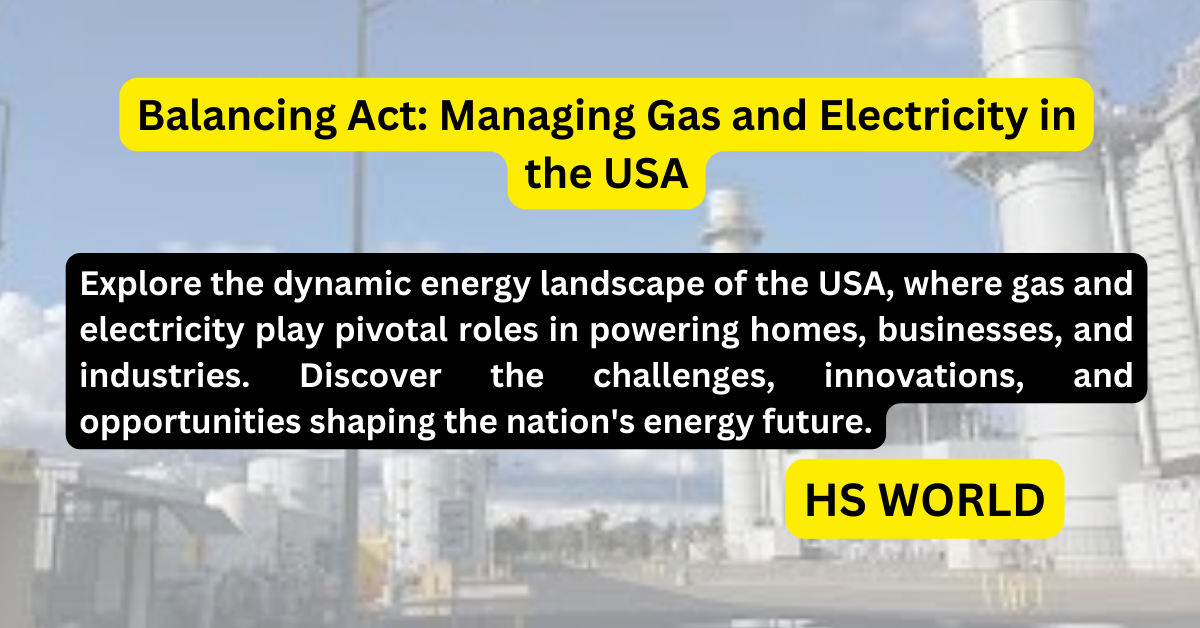The Gas-Electricity Nexus
The relationship between natural gas and electricity in the United States is a complex and interdependent one, with each influencing the other in significant ways. Natural gas has become a cornerstone of electricity generation, accounting for a substantial portion of the nation’s power production. This interdependency creates a dynamic energy market where the availability and price of natural gas can directly impact electricity prices, influencing both consumers and businesses.
The use of natural gas for electricity generation has surged over the past two decades, driven by its affordability, efficiency, and lower emissions compared to coal. Gas-fired power plants can quickly ramp up or down to meet fluctuating electricity demand, providing essential flexibility to the grid. This capability is particularly valuable as the share of intermittent renewable energy sources, such as wind and solar, continues to grow. During periods of high electricity demand or low renewable generation, natural gas plants can fill the gap, ensuring a stable and reliable power supply.
However, the interdependence of natural gas and electricity also presents challenges. Price volatility in natural gas markets can lead to fluctuations in electricity prices, impacting consumers’ energy bills and the competitiveness of energy-intensive industries. Factors such as supply disruptions, geopolitical tensions, and weather events can all influence natural gas prices, creating uncertainty in the electricity market.
To manage these challenges, the energy industry is increasingly focusing on strategies to enhance grid resilience and stability. One approach is diversifying the energy mix to reduce reliance on any single fuel source. This involves integrating a higher share of renewable energy, such as wind, solar, and hydroelectric power, into the grid. While renewables offer environmental benefits and help mitigate fuel price volatility, their intermittent nature requires complementary solutions to ensure a reliable power supply.
Energy storage technologies are playing a crucial role in addressing the intermittency of renewable energy. Batteries, pumped hydro storage, and other forms of energy storage can capture excess electricity generated during periods of high renewable output and release it when demand is high or renewable generation is low. This not only enhances grid reliability but also enables greater integration of renewable energy, supporting the transition to a cleaner energy future.
Demand response programs are another key strategy for managing the gas-electricity nexus. These programs incentivize consumers to reduce or shift their electricity usage during peak periods, alleviating pressure on the grid and reducing the need for additional gas-fired generation. Smart meters and advanced metering infrastructure enable real-time communication between utilities and consumers, facilitating more effective demand response and energy management.
Innovations in Energy Management
Advancements in energy management technologies are transforming the way natural gas and electricity are produced, delivered, and consumed in the United States. These innovations are crucial for enhancing efficiency, reducing environmental impact, and ensuring a reliable and resilient energy system.
One of the most significant developments is the deployment of smart grid technologies. Smart grids use digital communications and automation to monitor and manage electricity flows in real-time, improving efficiency and reliability. These systems enable utilities to quickly detect and respond to outages, optimize energy distribution, and integrate distributed energy resources, such as rooftop solar panels and electric vehicles, into the grid.
Energy storage is another area of rapid innovation. Lithium-ion batteries have become the most widely used storage technology, offering high energy density, fast response times, and declining costs. Other storage technologies, such as flow batteries, compressed air energy storage, and flywheels, are also being developed and deployed. These technologies provide grid operators with greater flexibility to balance supply and demand, integrate renewable energy, and enhance grid stability.
Microgrids are emerging as a valuable tool for improving energy resilience and reliability. A microgrid is a localized energy system that can operate independently or in conjunction with the main grid. Microgrids can incorporate various energy sources, including natural gas, renewables, and storage, providing reliable power to critical facilities, such as hospitals, military bases, and data centers, during grid outages or emergencies.
Advanced metering infrastructure (AMI) is enabling more effective demand response and energy management. Smart meters and other AMI devices provide real-time data on energy consumption, allowing utilities and consumers to make more informed decisions about energy use. Demand response programs leverage this data to encourage consumers to shift their usage to off-peak periods, reducing strain on the grid and lowering energy costs.
Blockchain technology is also being explored for its potential to enhance transparency, security, and efficiency in energy transactions. Blockchain can facilitate peer-to-peer energy trading, enabling consumers to buy and sell excess renewable energy directly with each other. This decentralized approach can reduce transaction costs, improve grid efficiency, and empower consumers to take a more active role in the energy market.
In conclusion, managing the interdependence of natural gas and electricity in the USA requires a multifaceted approach, combining innovation, diversification, and advanced energy management techniques. As the nation continues to transition to a cleaner and more sustainable energy future, these innovations will be crucial for ensuring a reliable, resilient, and efficient energy system. By embracing new technologies and strategies, the USA can navigate the complexities of the gas-electricity nexus and achieve its energy and environmental goals.
